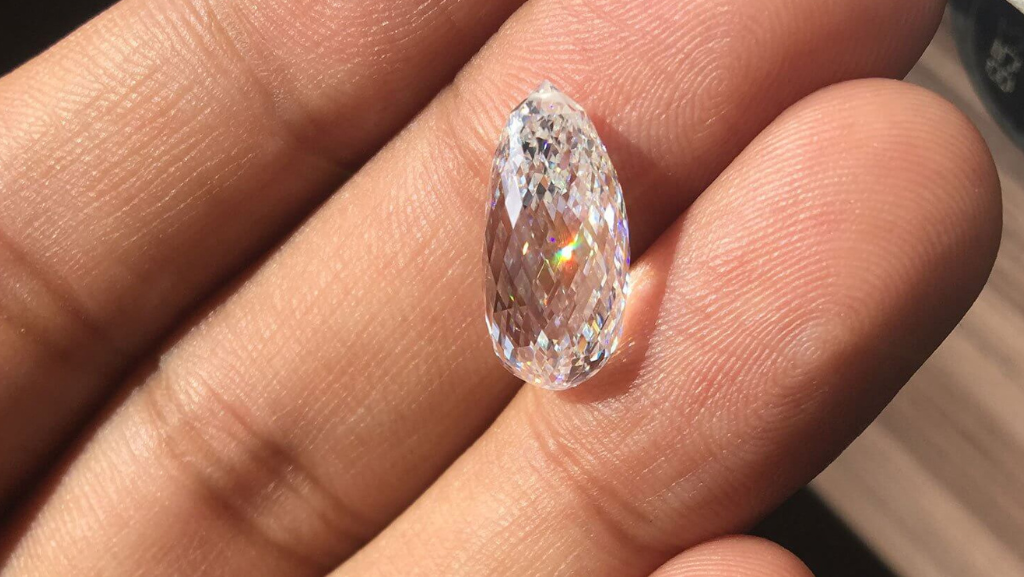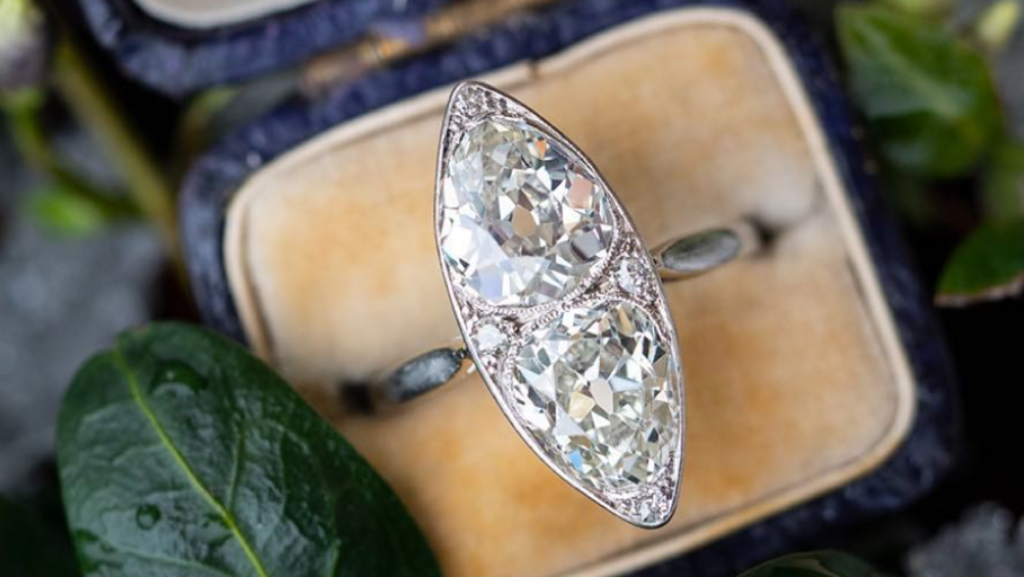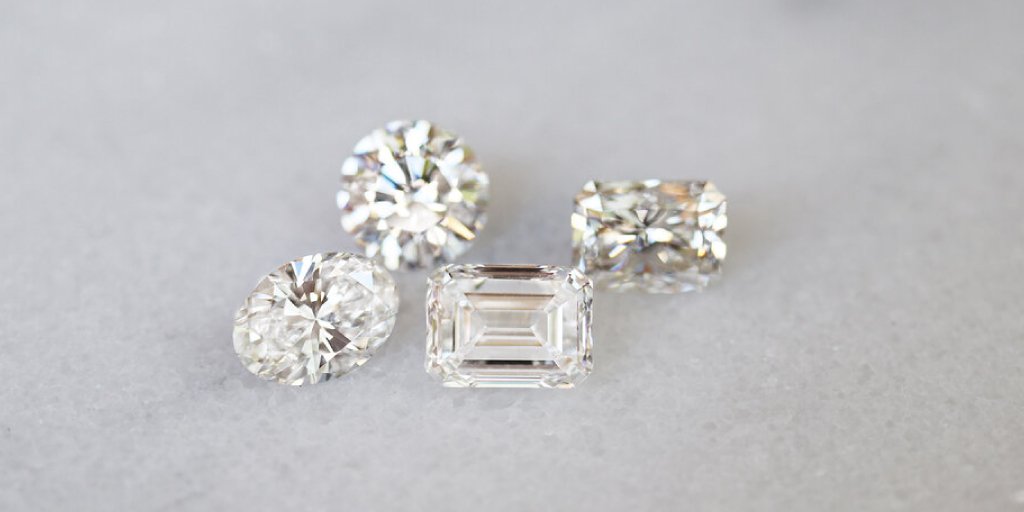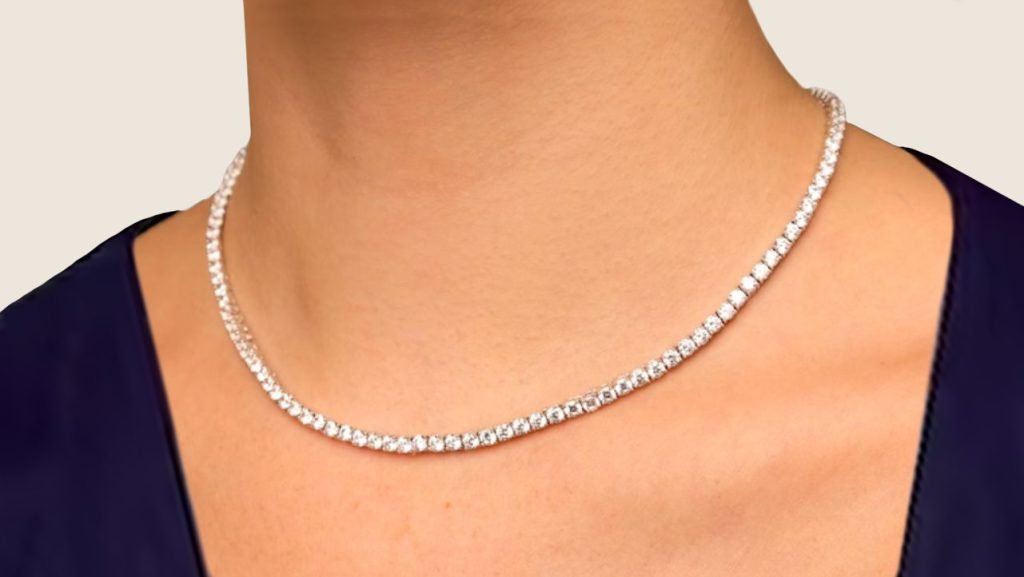Why CVD Diamond Pass Tester and HPHT Can’t?
Are you considering purchasing a lab grown diamond but somehow tend to have doubts regarding them? Like whether they are real diamonds? How trustworthy are they? Will they be able to pass a diamond tester?
Well, no need to worry, as we come packed with an answer to all your questions. Let us first clear out some basic misconceptions which are withheld by many individuals.
Are Lab Grown Diamonds Real Diamonds?
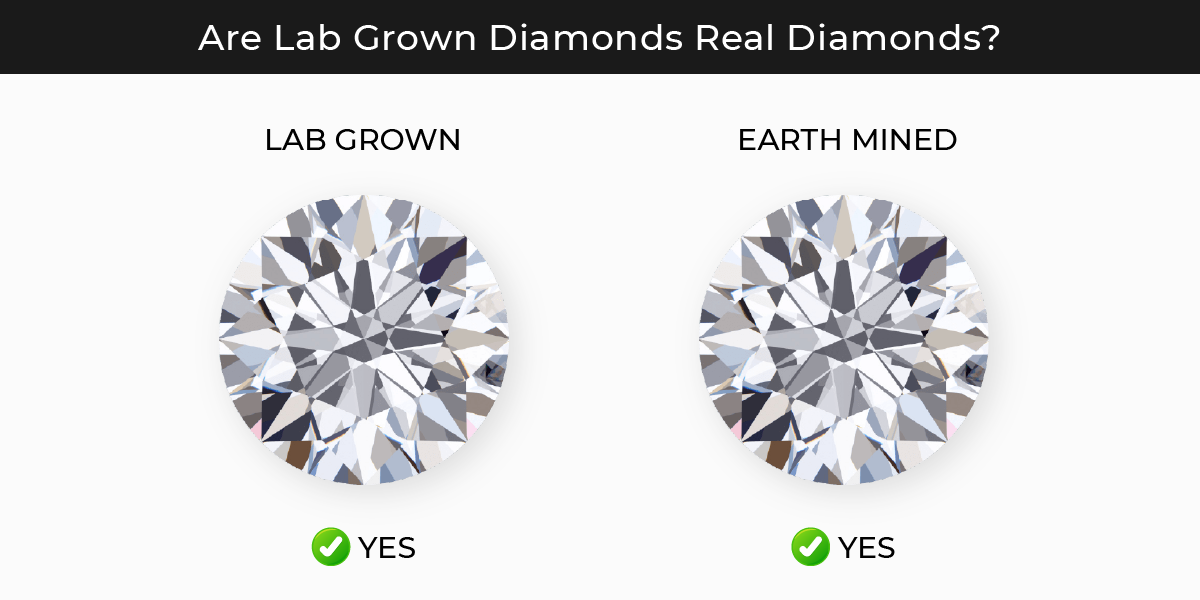
Yes, lab grown diamonds are definitely real diamonds! They possess the same physical, chemical, and optical properties as natural mined diamonds. Just because they are created within a human-controlled environment does not in any way change the fact that lab-grown diamonds are real diamonds.
Lab Grown Diamonds are Made Using Two Methods:
-
- CVD: Chemical Vapour Decomposition Method
- HPHT: High-Pressure High-Temperature Method
What are CVD and HPHT Methods?
CVD is an acronym for ‘Chemical Vapour Decomposition’. This method is carried out to create type lla diamonds, which are one of the purest forms of diamonds. To give you an example, the Kooh-i-noor is also categorized as a type lla diamond.
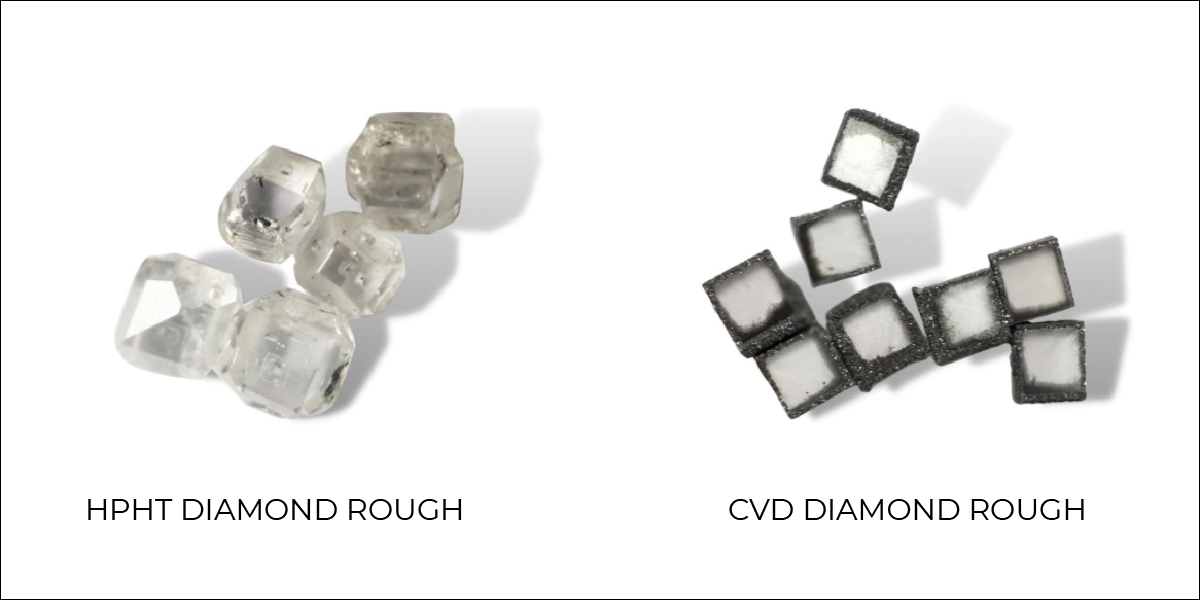
To create a precious gem via the CVD method, a diamond seed is placed in a chamber which recreates the conditions that are found under the earth’s surface. The chamber comes equipped with a pure, rich carbon plasma. As soon as the process starts, carbon atoms get deposited on the material, creating layers and layers of carbon. By the end of the process, a rough man-made diamond is formed.
HPHT is an acronym for ‘High-Pressure High Temperature’. This method though produces a real diamond, the diamonds at times contain certain metal impurities. Most of the diamonds formed by the HPHT process aren’t as pure as required. Thus, many diamonds formed by this method aren’t categorized as type lla diamonds.
To create a lab-grown diamond by the HPHT process, a diamond seed is put inside a chamber along with graphite and certain metals that act as a catalyst. The chamber then creates an environment of 60,000 ATM and 2500°C, somewhat similar to what we find under the earth’s crust. By the end of the process, a rough lab-grown diamond is formed.
Difference Between Hpht vs. Cvd diamond
HPHT (High Pressure High Temperature) diamonds simulate Earth’s mantle conditions where natural diamonds develop. This technique involves heating and pressurizing carbon to 1,500–2,000 degrees Celsius and 5–6 GPa. It controls impurities and crystal quality, producing diamonds with fewer inclusions and uniform quality. Its high energy and pressure needs make it more expensive, although advancements in technology are lowering costs. HPHT lab-grown diamonds can generate more colors, including fancy colors, with element additions or treatments. They have dominated the market for larger, high-quality diamonds for industrial and gemstone uses, especially in exotic colors.
However, CVD diamonds are created by depositing carbon atoms onto a substrate in a controlled environment at lower temperature (700 to 1,300 degrees Celsius) and pressure. This technique may struggle to control contaminants, but the diamonds may vary in grade and inclusions. Its reduced temperature and pressure requirements make it cheaper than HPHT, and ongoing improvements lower prices of CVD diamonds. CVD diamonds are usually near-colorless to mild yellow, however advances are increasing color options. They are popular for gem-quality jewelry diamonds and smaller industrial diamonds. Please note that CVD Diamond engagement rings are quite popular these days.
CVD uses energy but has a smaller environmental impact than HPHT. Both approaches are being improved for sustainability. HPHT diamonds have traditionally been more popular, especially in larger sizes and fancy colors, while CVD diamonds, especially smaller ones, are gaining market share for industrial and gem-quality applications. CVD or HPHT-grown diamonds have the same physical, visual, and chemical qualities as natural diamonds, despite any distinctive traits before cutting and polishing. Both are pure carbon and hard. CVD and HPHT diamonds look the same and cost similarly.
Lab Grown Diamonds are Not Diamond Simulants
There is a fair misconception among people that lab grown diamonds are created using diamond simulants or are diamond simulants completely. Both these perceptions are false and have no logical basis.
Diamond simulants are fabricated using Cubic Zirconia and Moissanite, which are in no way related to diamonds. They only tend to look like diamonds however, they possess different physical, chemical, and optical properties in comparison to lab grown diamonds.
How Pure are Lab Grown Diamonds in Comparison to Naturally Mined Diamonds?
The purity of a diamond is represented by the type they are categorized in. There are mainly two types of diamonds:
Type lla or la: A type lla diamond is considered to be the purest form of diamond, as there is an absence of any class of impurity.
When naturally mined, only 5% of the rough diamonds are pure enough to be categorized as type lla. The rest are bound to have some impurity and be categorized as type la. Nitrogen, which is a commonly occurring impurity among diamonds, is responsible for the yellow tinge that many of these precious gems possess.
While, in the case of lab grown diamonds, the majority of diamonds created by the CVD method are categorized as type lla. This is because of the absence of nitrogen in the manufacturing process. However, diamonds produced by the HPHT method tend to contain some metal impurities, which tend to hinder their appearance.
Which Diamond Will Pass the Test Conducted by a Diamond Tester?
A natural diamond that has been mined from beneath the earth’s crust will definitely pass the tester. Irrespective of its type or shape, the natural diamond is a ‘diamond’ that will pass the test.
A CVD diamond will pass the test as the diamonds produced by this method are mostly categorized as type lla. They have minimal to no impurities present in the diamond.
An HPHT diamond might not pass the test with ease, as the diamond created by this method may have excess impurities (mostly metal impurities) present in it. This may be caused due to the presence of a metal influx in the manufacturing process. Which, in turn, hinders the diamond’s chemical composition and physical properties.
This does not mean that HPHT diamonds are not real diamonds, it just indicates that some diamonds formed by this process consist of excess impurities.
However, if an HPHT diamond has minimal to no impurities present in its composition, those diamonds will easily pass the test. Check out our lab created diamond rings here.
Where to Buy CVD or HPHT Diamonds?
Since they have the same qualities as actual diamonds, CVD and HPHT diamonds are both real. They are visually identical and have comparable prices. In case you want to buy CVD diamond or HPHT diamond, you can get in touch with us at Loose Grown Diamonds and use our promocode for the best prices and amazing offers.
Conclusion
Finally, concerns regarding the authenticity of lab-grown diamonds are dispelled by the fact that both CVD and HPHT lab-grown diamonds have the same attributes as natural diamonds. HPHT or CVD diamond certificates further confirm the same. Both forms of diamonds pass diamond tests and are real, however CVD diamonds might have purer compositions. For competitive pricing and special deals on these genuine lab-grown diamonds, you can get in touch with our gemologist at LGD.
FAQs
What is a CVD diamond?
CVD diamonds are produced in laboratories through the use of the Chemical Vapour Deposition process. There are numerous CVD diamond wholesale companies in the market. Loose Grown Diamonds is one of the best, with the highest quality diamonds.
Do CVD diamonds pass a diamond tester?
Yes, Lab-created diamonds pass the same tests as natural diamonds. They pass the standard diamond test with the same result because they have identical characteristics and composition to natural diamonds.
How are CVD diamonds detected?
A variety of techniques, such as spectroscopy and microscopy, are used to determine wether a stone was created by the CVD method.
Can fake diamonds pass the diamond tester?
While imitation diamonds might not pass diamond testing, genuine CVD/HPHT diamonds usually do.
Are CVD and HPHT Diamonds Real?
Indeed, lab-grown diamonds having the same characteristics as natural diamonds are both genuine, including CVD and HPHT diamonds.
Are CVD Or HPHT Diamonds Better?
Although both CVD and HPHT diamonds have special benefits, the decision between them is based on elements like cost and purity. Generally, CVD diamonds value less compared to HPHT due to lower pressure and temperature requirements in the making process.

